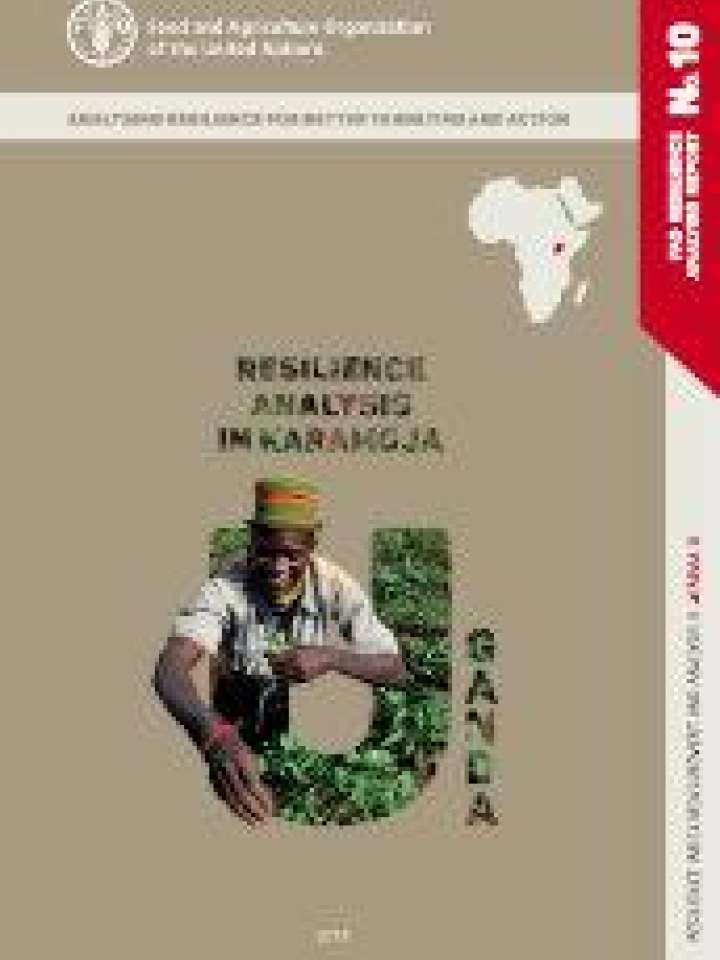Resilience analysis in Karamoja, Uganda
In 2015, three United Nations (UN) agencies – the United Nations Children’s Fund (UNICEF), the Food and Agriculture Organization of the United Nations (FAO), and the World Food Programme (WFP) – developed a resilience strategy for Karamoja together. This joint resilience strategy (JRS) represents a commitment and collaborative focus for UNICEF, FAO, and WFP’s efforts to build resilience in the Karamoja region. The overall goal of the JRS is to improve the food security and nutrition status of the region during the period from 2016 to 2020. This JRS identifies the need for the three agencies to develop a common approach to measuring resilience in the context of Karamoja, which have thus adopted FAO’s Resilience Index Measurement and Analysis-II (RIMAII)2 approach to measure resilience to food insecurity there. This analysis is therefore one of the first steps to systematically measure resilience in the region.
This report will be used for assessing the impact of the joint resilience strategy (JRS) by analysing resilience capacity at the household level. The analysis has been conducted by the Resilience Measurement Unit (RMU) of the Office of the Prime Minister of Uganda (OPM), which is made up of representatives from FAO, UNICEF, WFP, the Uganda Bureau of Statistics (UBOS) and OPM, with the technical support of the Intergovernmental Authority on Development/Resilience Analysis Unit (IGAD/RAU).
Explore further
